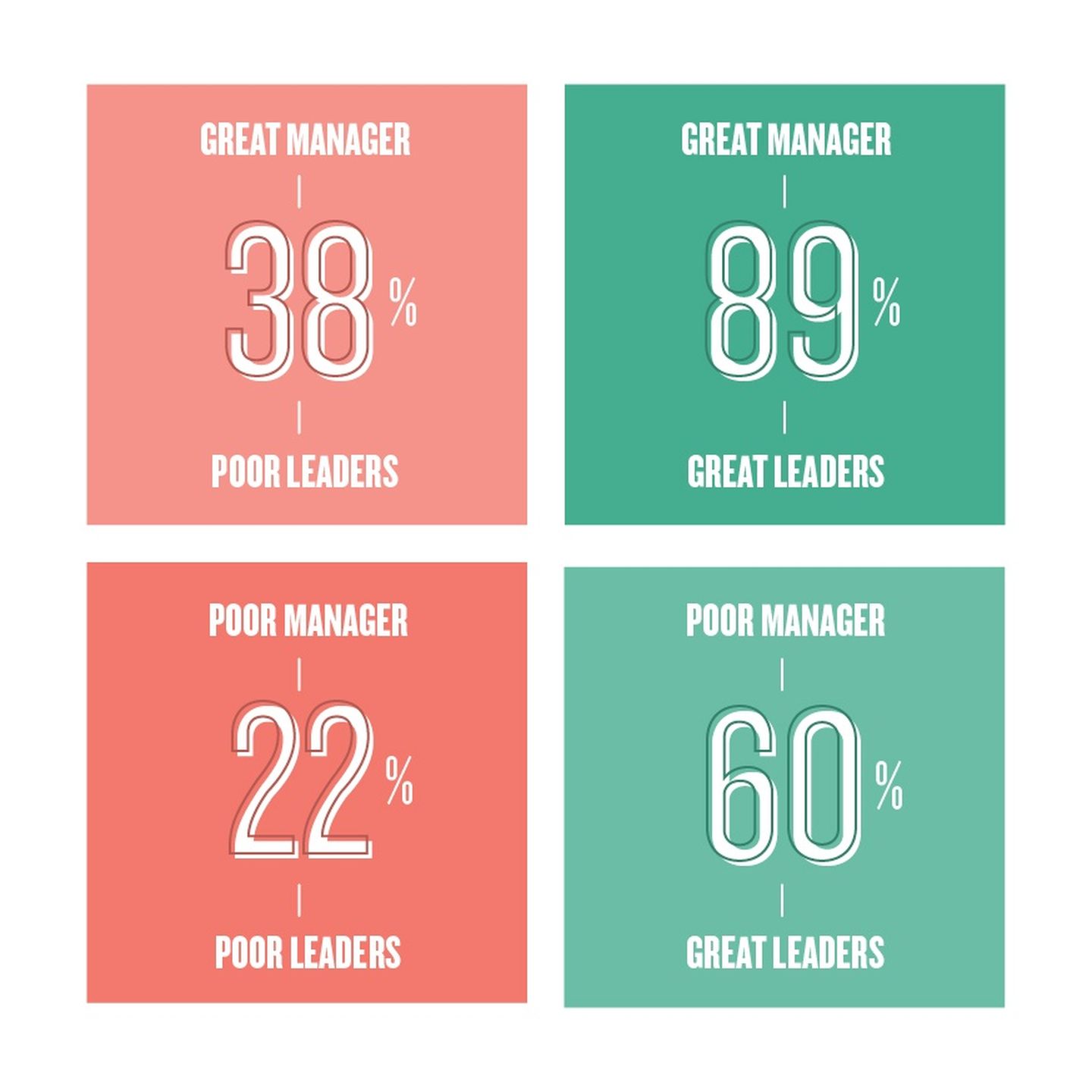The biggest lie in HR: People quit bosses not companies

Spot the odd one out:
- We only use 10% of our brain.
- The daddy-long-legs spider is the most poisonous spider in the world but can't pierce human skin.
- People don’t leave organizations. They leave managers.
Trick question! There is no odd one out. They are all myths that have been well and truly busted.
Is it even true that people leave managers?
So much of what we consider common wisdom is actually a case of "enough people have said it enough times, so it must be true." This is especially the case when something sounds reasonable and makes sense. It’s worth noting that the biggest proponent of the idea that “people leave bosses rather than companies” has been management consultancy Gallup.
Considering how Gallup looks at the world, this makes a lot of sense. They’re selling management training, so many things look like management problems. But as Abraham Maslow said in 1966, "I suppose it is tempting, if the only tool you have is a hammer, to treat everything as if it were a nail."
Testing the claim with Culture Amp data
Gallup doesn’t make its data available for public review, so, we turned to Culture Amp’s Chief Scientist, Dr. Jason McPherson, to test the integrity of the claim that when people leave a company, it's more often than not because of their manager.
Jason reviewed the available literature and research and found no conclusive evidence to back the assertion. So we decided, as an organization, to combine available information with the data we've gathered from hundreds of the world’s fastest-growing companies. We took on the challenge with an open mind and no particular outcome in mind.
We examined teams with a minimum of eight people because, as Peter Drucker has expressed: if someone has less than five direct reports, they're not really a manager. We wanted to ensure we were looking at "true managers" across the 175 teams we analyzed. We hoped to understand why somebody is or isn’t committed to their current workplace. In other words, we were looking at what was driving employee retention at a given company.
To summarize the findings, we discovered:
- Yes, people leave bad managers, but it is not the number one reason people leave a company.
- In “good” companies, managers make a difference.
- In “bad” companies, good or bad managers make little to no difference to a person’s decision to leave.
What does this mean for organizations?
Organizations that believe in the “leaving managers” myth focus their attention on the wrong areas when they’re trying to address their retention problems. Here’s what organizations need to know about keeping good people:
1.) Management matters, but leadership matters more
As Jason explains, "Although managers have a role in leadership, our data suggests that people have separate experiences with each of these groups." We found that leaders have a much stronger effect on employee commitment levels.
Intent to stay: The combined effect of Managers and Leadership

Our data showed that the percentage of people whose decision to leave an organization was driven by a manager or pay was roughly even at 12% and 11%, respectively. Leadership was more than double that at 28%. Development opportunities came in at a whopping 52%, dwarfing the other factors as the primary factor for deciding whether to leave.
We wanted to go deeper. We split managers into two cohorts - above-average and below-average. Then, we cross-referenced these two cohorts against organizations with above-average and below-average development opportunities. This is where things get really interesting:
The impact of good management (controlling for development opportunities)

As you can see above, management does impact the level of commitment – as long as there are good development opportunities. But in companies with below-average opportunities, the difference in commitment between people with good managers and those with bad is… zero.
2.) People blame managers when they should be blaming the system
Some people blame their managers for lack of career progression, and sometimes they’re right. But often, the progression of a manager’s direct reports is out of their control. Factors such as how the company is structured, what type of work the business is prioritizing, and how the organization thinks about applying people to that work all come into play.
Skilled managers make a big difference, of course. Why else recruit the best to your management team?
But there are things that an organization can do to create an engaging environment, which managers alone cannot do. In addressing a retention issue, priority one should be creating learning and development opportunities and real chances for progression.
What does your data say about your retention?
Like all areas of people and culture, having good data can help you avoid costly errors in addressing retention issues. If people are leaving your company, examine whether the organization is truly creating an environment that promotes continuous and meaningful learning and development. If these growth opportunities are available, the next thing to search for is good managers who can make a sizable difference in retention. If these opportunities aren't available, removing the manager probably won't help a high turnover problem.
Like most myths, “People don’t quit companies, they quit bosses” contains a kernel of truth. Managers matter, but not nearly as much as leadership and development opportunities.

Don’t make an expensive mistake
See what’s really driving commitment and retention at your organization with Culture Amp






